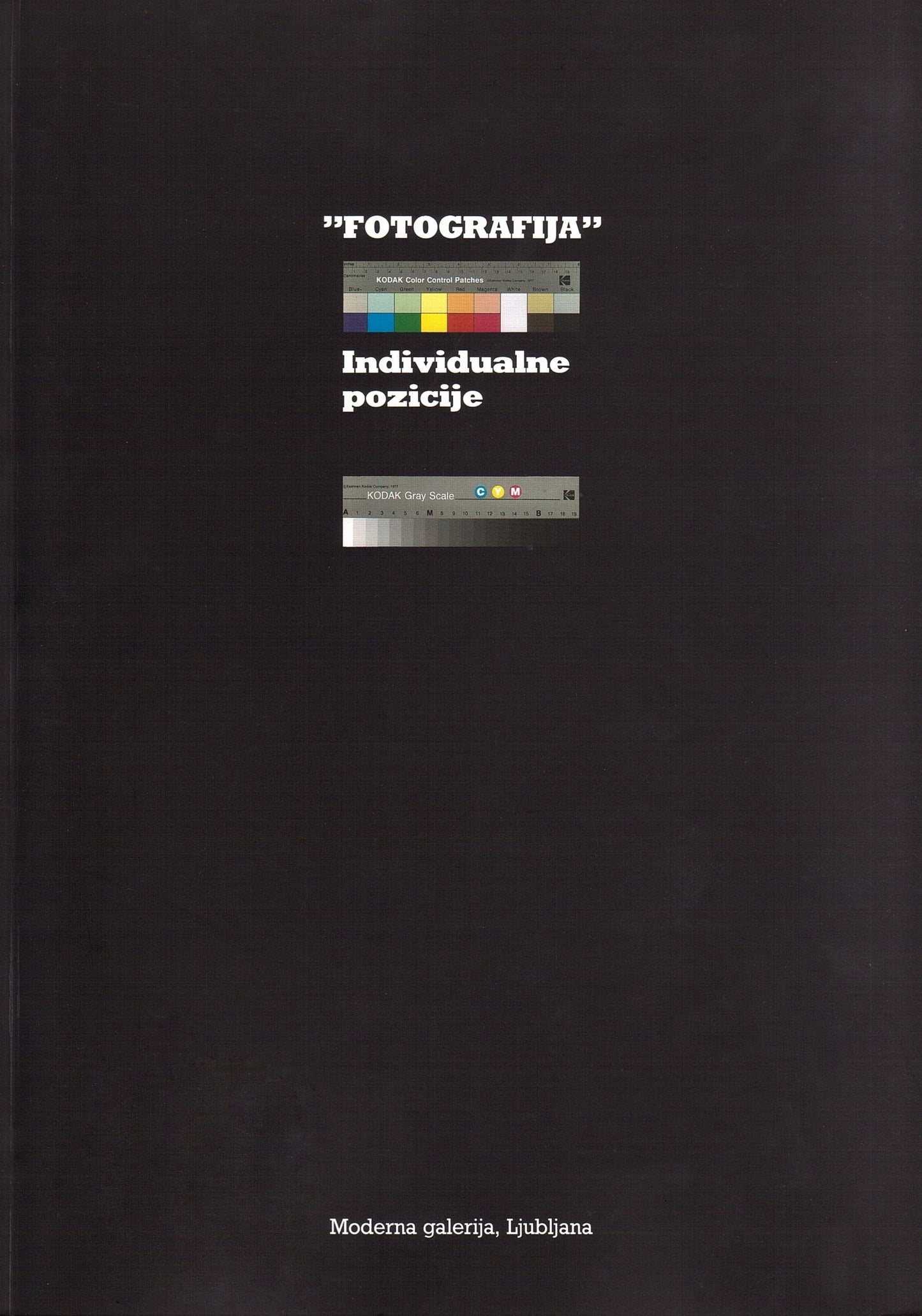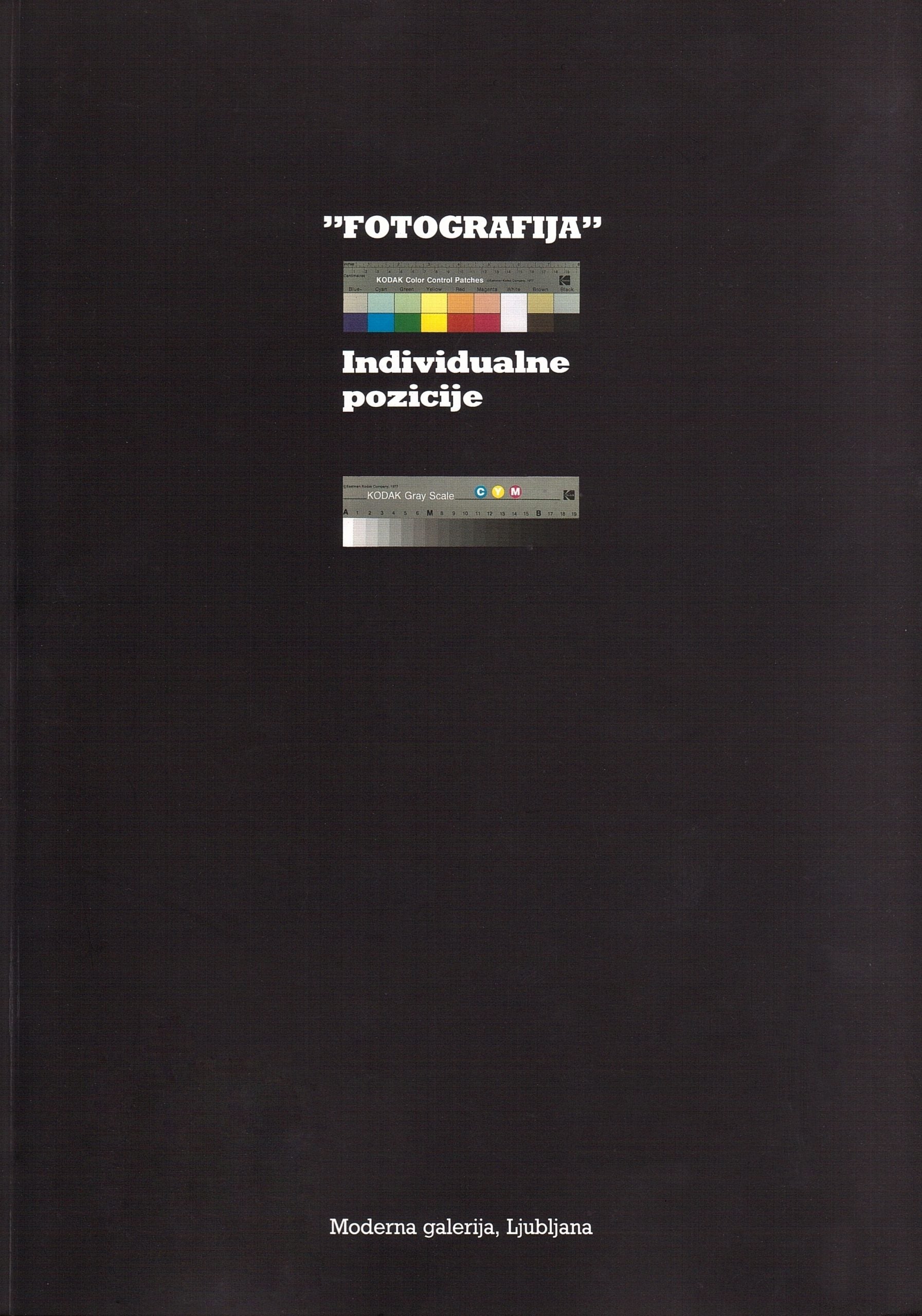Fotografija. Individualne pozicije
Fotografija. Individualne pozicije
Couldn't load pickup availability
Ever since it was invented, photography has simultaneously fascinated and intrigued. That it fascinates is, of course, natural, since this occurs with every captured image, be it permanent as in painting or momentary as in a mirror. However, the question of why photography also intrigues perpetually provokes questions which many artists, theoreticians and philosophers have struggled to answer. When photography first appeared, its primary use seemed to be its flawless documentary reliability. It provoked with this, among other things, painting to renounce gradually and with a clear conscience the demands for a faithful portrayal since this was better accomplished by the camera. It began to devote itself to its ontological elements, which are two-dimensional, non-illusionist and abstract.
However, this very search, experimentation and problematization of painting in turn influenced photography, too. It seems that photographers soon became embarrassed by their uncontestable basic advantages, capacities for documentation. It no longer satisfied them, and so they began to search for new, particularly aesthetic expressive possibilities of photography. They were no longer satisfied with the principle status of the product as an illusionist window on the world, and they began, following the example of painting, to portray pure surfaces, to capture refractions of light, to record the relationships between dark and light forms, to expose pure colors. Thus the recognizable silhouettes of nature or objects began to lose their mimetic function in photographs and became ever more image forming, pure artistic elements. Blowups of these, the serial use of a multitude of the same or similar photographs and manual intervention on the paper altered the status of the final product to such an extent that today, the photographs no longer play the role of a representational object with a great number of artists and, therefore, do not demand individual reading and deciphering beforehand; but rather the viewer must comprehend it as an autonomous aesthetic object, made with the help of a camera. By losing the initial interpretational function, photographs are becoming more and more artistic elements which the artists, presented in traditional or arranged installations, use as a constituent part of some other message. The significance of a photograph exhibited in a gallery is beginning to take on more and more the quality of the small, perfectly formed and rhythmically arranged sculptural scenes on the capitals and other parts of mediaeval cathedrals whose motifs and artistry are, at least at first glance, invisible, since they are subject to the experience of the entirety, the whole ambience of the sacred space. - Jure Mikuž
Artists: Christian Boltanski, Jan Fabre, Günther Förg, Herwig Kempinger, Jorge Molder, Cesare Pietroiusti, Michael Schuster, Paul Sochacki, Thomas Struth
Language: Slovenian, English
Size: 32,5 x 29,5 cm, 77 pages
Binding: softcover
Publisher: The Museum of Modern Art in Ljubljana, Slovenia, 1991


